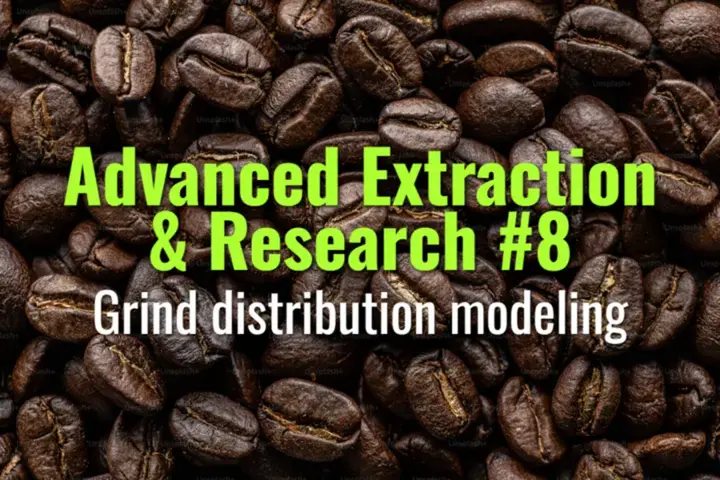
Grind distribution modeling
How grind distribution modeling helps researchers and baristas understand particle size variation, fines content, and its impact on extraction and flow dynamics.

How grind distribution modeling helps researchers and baristas understand particle size variation, fines content, and its impact on extraction and flow dynamics.
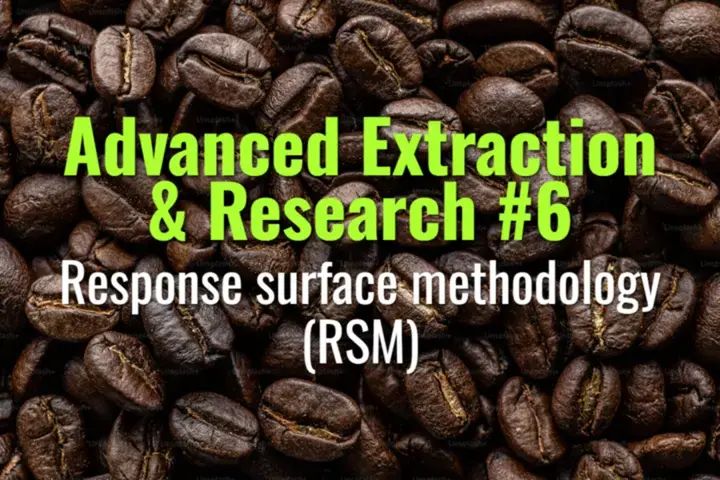
How Response Surface Methodology (RSM) is applied in coffee research to optimize brewing and roasting by modeling variable interactions.
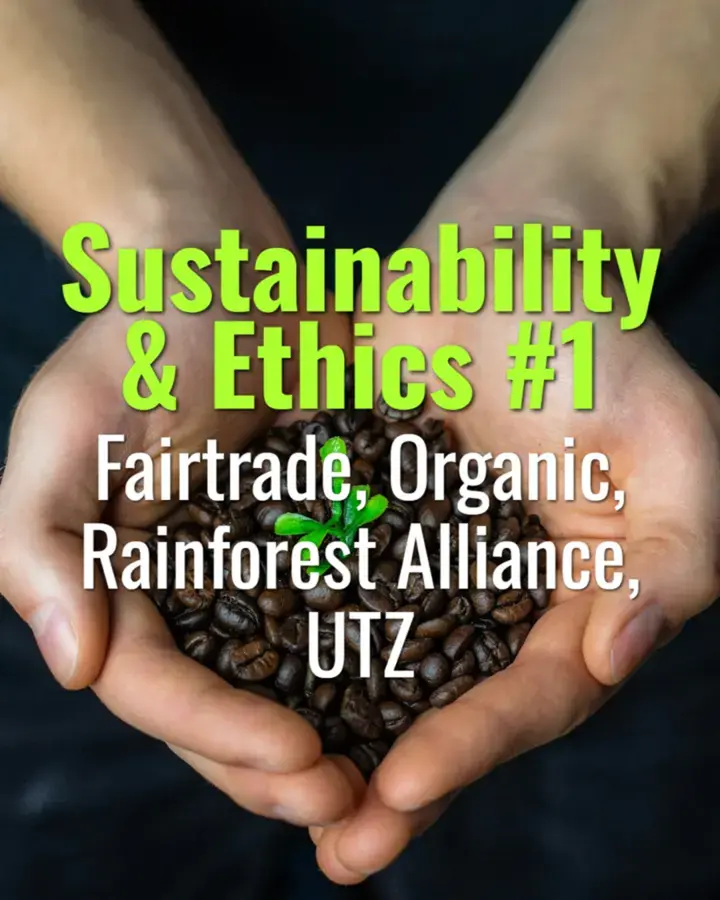
The major coffee certification schemes—Fairtrade, Organic, Rainforest Alliance, and UTZ—their goals, standards, and impact on farmers, the environment, and consumers.
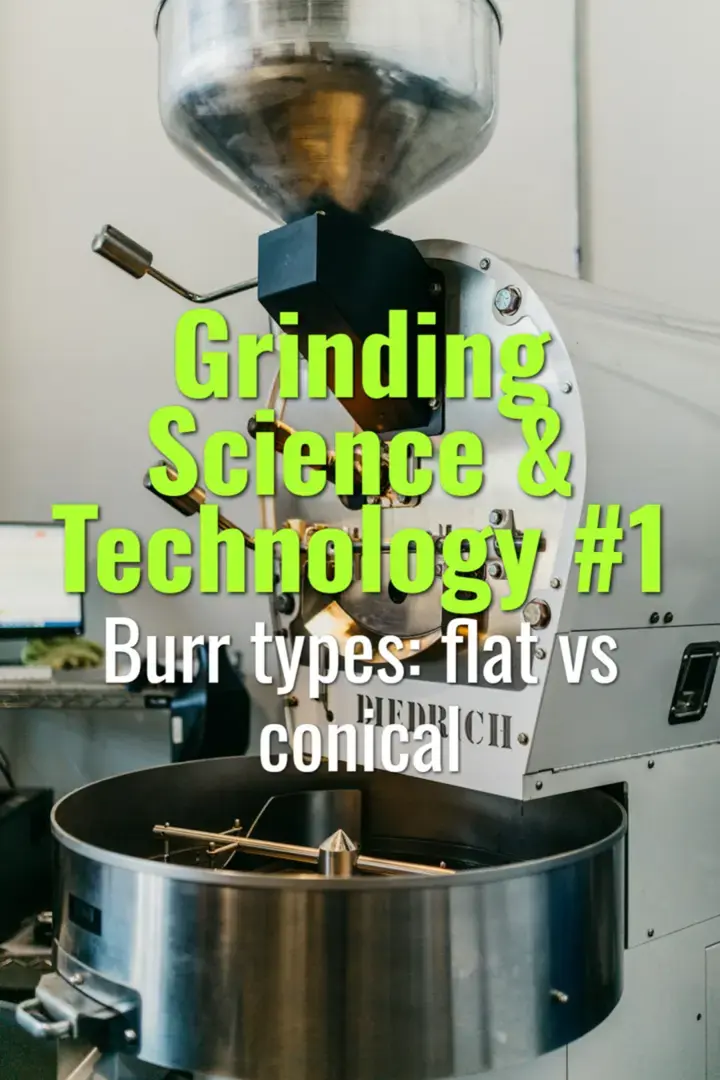
The differences between flat and conical burr grinders and their impact on grind consistency.
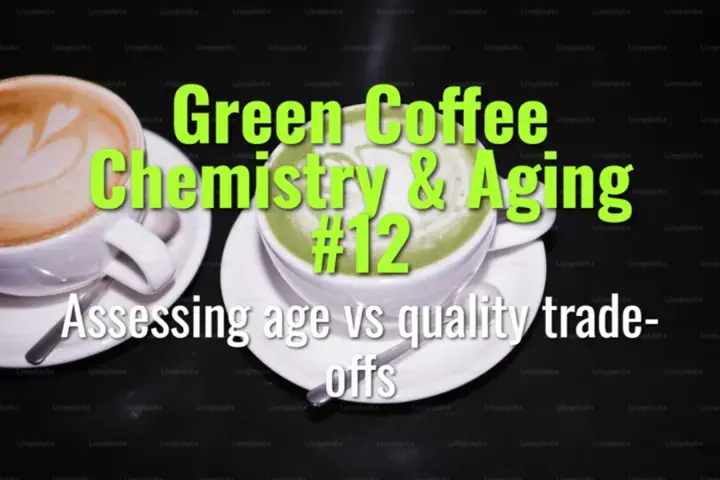
This topic explains how to evaluate the trade-offs between the age of green coffee and its quality, how storage conditions influence these trade-offs, and how buyers and roasters make decisions about usability and value.
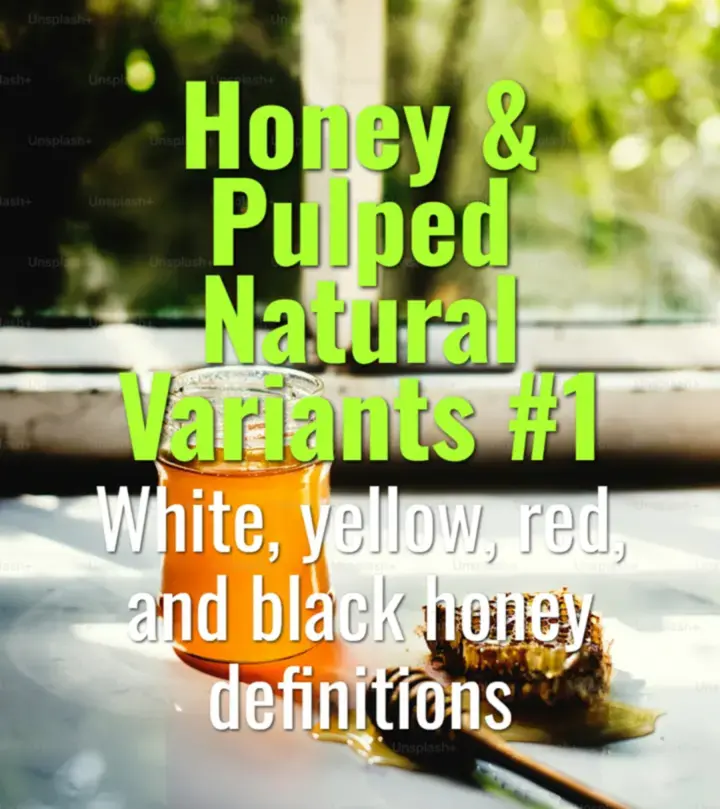
This topic explains the color-coded honey process variants—white, yellow, red, and black—how they differ in mucilage retention and drying practices, and how these differences influence flavor outcomes.